Rising Vehicle Sales
The Auto Loan Market is experiencing a notable increase in vehicle sales, driven by consumer demand for personal transportation. In recent years, the automotive sector has seen a resurgence, with sales figures indicating a steady upward trend. For instance, the total number of vehicles sold in the last year reached approximately 80 million units, reflecting a robust recovery in consumer confidence. This surge in vehicle sales directly correlates with the demand for auto loans, as more consumers seek financing options to purchase new and used vehicles. Consequently, financial institutions are adapting their offerings to cater to this growing market, enhancing the overall competitiveness of the Auto Loan Market. As vehicle sales continue to rise, the potential for increased loan origination and portfolio growth remains significant.
Shifts in Consumer Preferences
The Auto Loan Market is witnessing shifts in consumer preferences, particularly towards electric and hybrid vehicles. As environmental concerns gain prominence, consumers are increasingly inclined to invest in sustainable transportation options. Recent surveys indicate that nearly 40% of potential car buyers are considering electric vehicles as their next purchase. This shift is prompting lenders to adapt their financing products to accommodate the growing demand for eco-friendly vehicles. Financial institutions are beginning to offer specialized auto loans with favorable terms for electric and hybrid models, thereby aligning their offerings with consumer preferences. As this trend continues, the Auto Loan Market is likely to evolve, reflecting the changing landscape of consumer choices and the increasing importance of sustainability in automotive financing.
Regulatory Changes and Compliance
The Auto Loan Market is influenced by ongoing regulatory changes that aim to enhance consumer protection and promote fair lending practices. Recent legislative measures have introduced stricter guidelines for loan disclosures and interest rate transparency, impacting how lenders operate within the market. Compliance with these regulations is essential for financial institutions to maintain their reputations and avoid potential penalties. As a result, lenders are investing in compliance training and technology to ensure adherence to new standards. This focus on regulatory compliance not only fosters trust among consumers but also contributes to the overall stability of the Auto Loan Market. As regulations continue to evolve, the ability of lenders to adapt will be crucial in navigating the complexities of the market.
Increasing Consumer Credit Availability
The Auto Loan Market is benefiting from an increase in consumer credit availability, which is encouraging more individuals to consider financing options for vehicle purchases. Recent statistics indicate that the average credit score required for auto loans has decreased, allowing a wider demographic to qualify for financing. This trend is particularly evident among younger consumers, who are increasingly entering the market as first-time buyers. Financial institutions are responding to this shift by offering more competitive interest rates and flexible loan terms, thereby enhancing accessibility. As credit availability continues to improve, the potential for growth in the Auto Loan Market appears promising, with more consumers likely to pursue auto loans to fulfill their transportation needs.
Technological Advancements in Financing
Technological innovations are reshaping the Auto Loan Market, facilitating more efficient lending processes. The integration of artificial intelligence and machine learning in credit assessment is streamlining loan approvals, allowing lenders to evaluate applications more accurately and swiftly. Recent data suggests that lenders utilizing advanced technologies have reduced the average loan processing time by up to 30%. Furthermore, the rise of online platforms and mobile applications has made it easier for consumers to access financing options, enhancing their overall experience. This shift towards digital solutions not only improves operational efficiency for lenders but also expands the reach of the Auto Loan Market, attracting a broader customer base. As technology continues to evolve, it is likely to play a pivotal role in shaping the future landscape of auto financing.
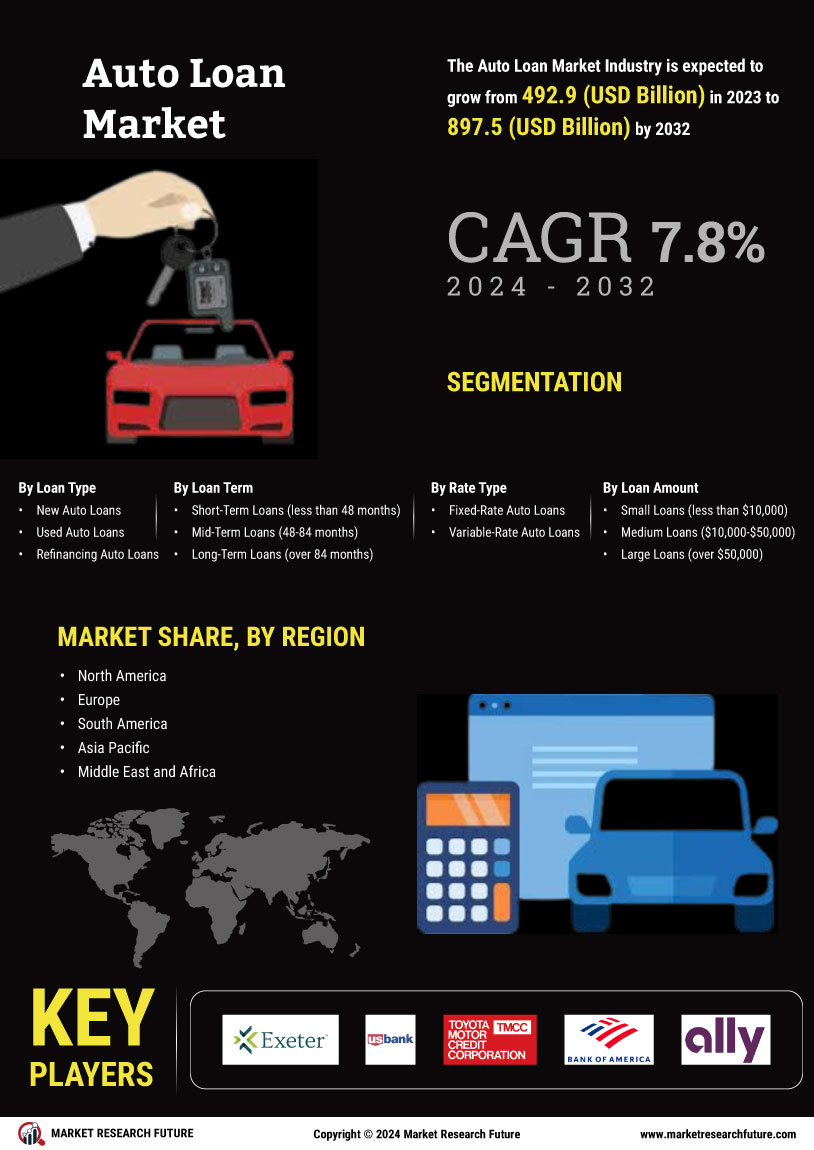

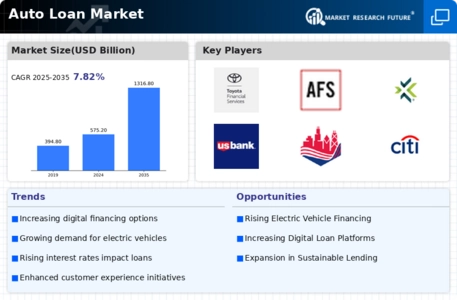
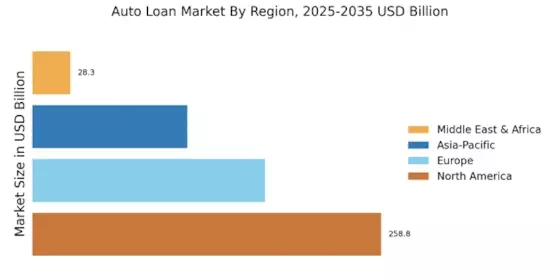

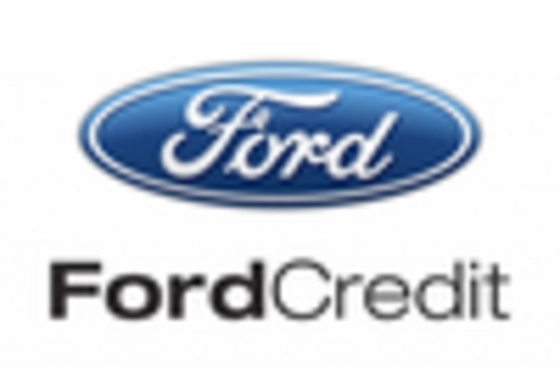
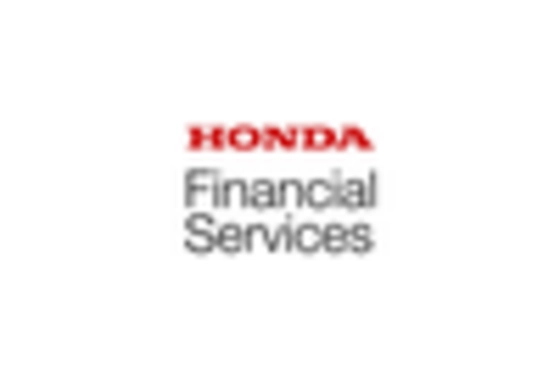


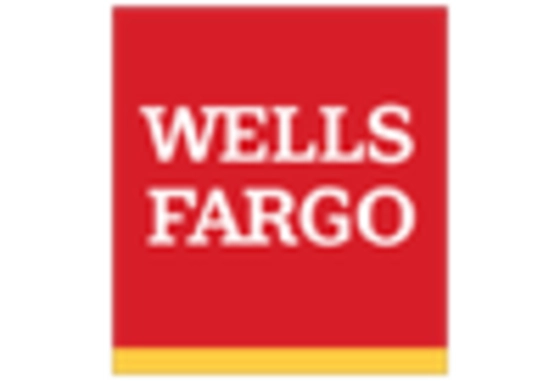








Leave a Comment